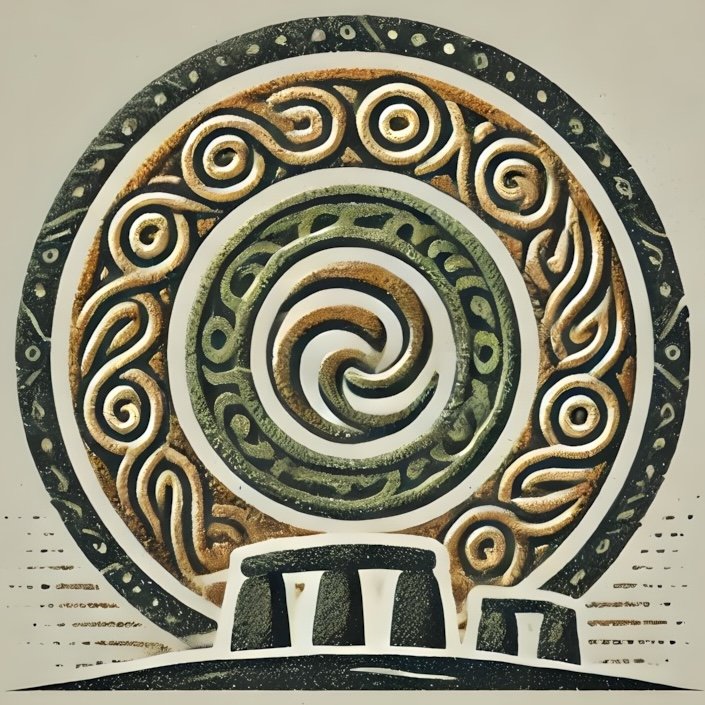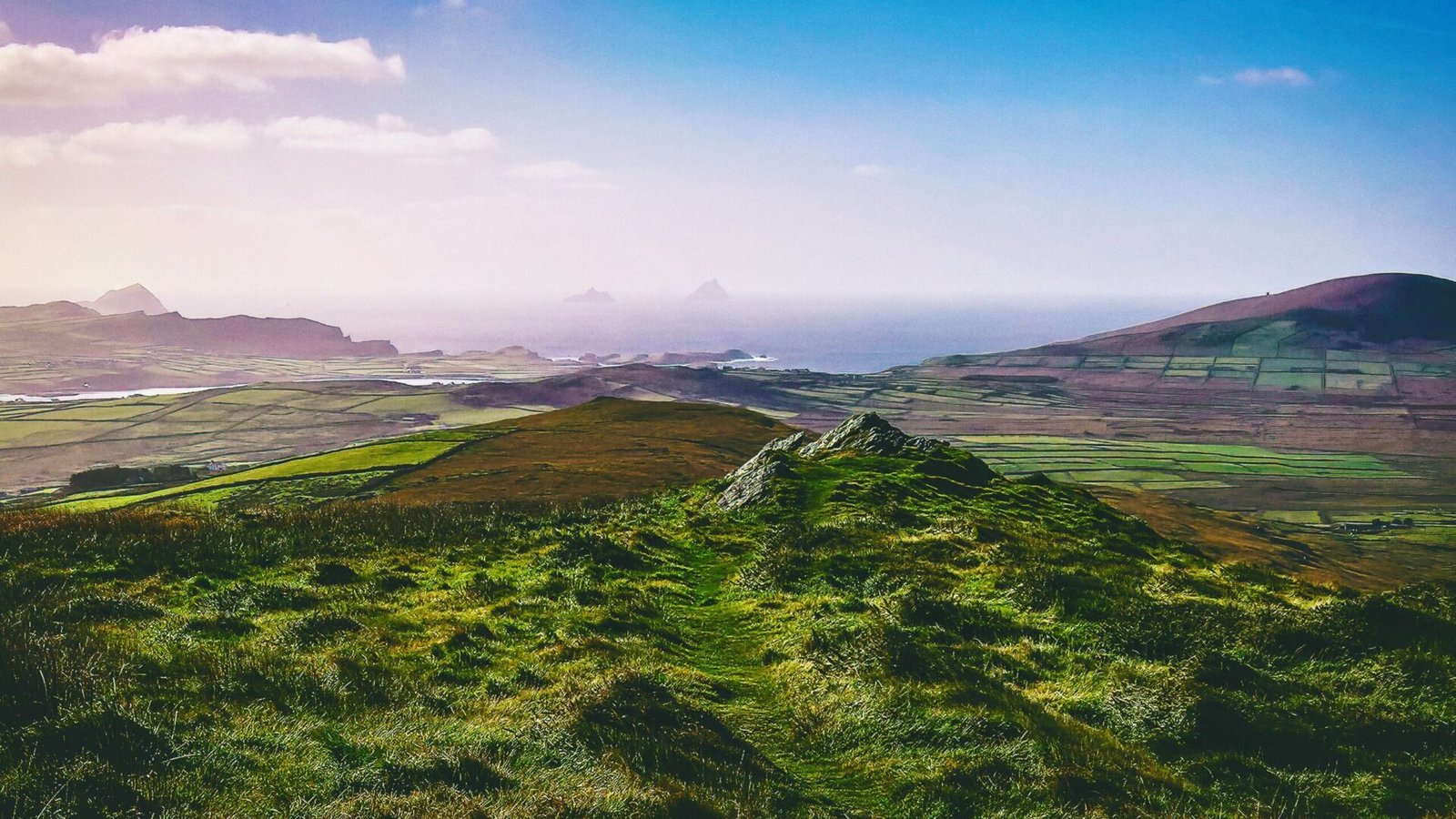How the Norse Interacted with the Gaelic World
Introduction to Norse-Gaelic Interactions
The Norse, known for their seafaring prowess and explorative spirit, made significant inroads into the Gaelic world from the late 8th century onwards. This interaction was not merely one of conquest and plunder; it was a complex tapestry woven from threads of trade, cultural exchange, and social integration. The Gaelic landscape—rich in myth, language, and tradition—was forever altered by the arrival of these Scandinavian adventurers. Understanding this intricate relationship provides a deeper insight into the historical and cultural evolution of Ireland, as well as the broader Celtic world.
Norse Settlement in Ireland
The first recorded Viking raids on Ireland began in 795 AD, targeting monasteries and settlements along the coast. However, these initial incursions quickly evolved into more permanent settlements. The Norse established significant urban centers, most notably Dublin, which became a thriving hub of commerce and culture. Other notable settlements included Waterford, Wexford, and Limerick. Archaeological evidence reveals that these towns were not only military outposts but also vibrant communities that engaged with the local Gaelic population.
The Norse brought with them their own architectural styles, evident in the construction of longhouses and fortifications. They also introduced new agricultural practices and technologies that would influence Gaelic farming methods. The blending of Norse and Gaelic cultures can still be seen in place names and linguistic borrowings that persist in modern Irish.
Trade and Economic Exchange
Trade flourished between the Norse and the Gaelic peoples, driven by mutual interests and the exchange of goods. The Norse were skilled traders, and their networks extended across Europe, linking Ireland to distant markets. They exchanged silver, textiles, and other goods for Irish resources such as wool, hides, and agricultural products.
The establishment of trade routes facilitated economic interdependence. The Norse introduced new commodities, including spices and exotic materials, which were highly sought after in Gaelic society. The bustling markets of Dublin and other Norse towns became melting pots of cultural exchange, where Gaelic and Norse merchants interacted, negotiated, and forged relationships that transcended their ethnic backgrounds.
Military Interactions
The Norse-Gaelic relationship was not without conflict. The Vikings were formidable warriors, and their military prowess often led to violent confrontations with Gaelic kingdoms. The Annals of the Four Masters and other historical texts recount numerous battles between Norse forces and Gaelic chieftains, with the Vikings frequently raiding and plundering coastal settlements.
However, military interactions were not solely characterized by hostility. There were instances of alliances formed in the face of common threats, particularly against rival Gaelic kingdoms. The Norse often found themselves enmeshed in the intricate political landscape of Gaelic Ireland, where shifting allegiances could lead to both conflict and cooperation.
Cultural Exchange
The Norse and Gaelic peoples engaged in a rich cultural exchange that influenced language, art, and customs. Norse mythology and storytelling traditions began to permeate Gaelic culture, leading to the incorporation of Norse elements into Irish folklore. Conversely, the Norse were introduced to Gaelic myths, legends, and artistic practices, which left a lasting impact on their own cultural expressions.
Archaeological findings, such as intricate metalwork and carvings, illustrate this blending of artistic styles. The famous Oseberg ship, for instance, showcases Viking craftsmanship while reflecting influences from the Celtic world. This cultural syncretism is a testament to the dynamic interactions between these two societies.
Religious Interactions
The arrival of the Norse also brought about significant religious interactions. The Norse practiced a polytheistic faith centered around gods such as Odin and Thor, while the Gaelic people adhered to their own pagan traditions, which were later influenced by Christianity. The Viking incursions led to the destruction of many monastic sites, but they also prompted a fascinating exchange of religious ideas.
Some Norse settlers converted to Christianity, influenced by the established Gaelic church. This religious syncretism can be seen in the art and architecture of the time, where Norse and Christian motifs coexisted. The legacy of this interaction is evident in the numerous churches and monasteries that dotted the Irish landscape, many of which were built using techniques and styles borrowed from Norse traditions.
Intermarriage and Social Integration
As Norse settlements grew, intermarriage between Norse settlers and Gaelic locals became increasingly common. These unions facilitated social integration and the blending of cultures. Children born from these marriages often occupied unique positions within society, serving as bridges between the two worlds.
The emergence of a hybrid identity is reflected in the genealogies of prominent families, where Norse and Gaelic ancestry intertwined. This social integration was not merely a matter of personal relationships; it had profound implications for the political landscape, as alliances formed through marriage could strengthen ties between communities and kingdoms.
Norse Influence on Gaelic Literature and Mythology
The Norse presence in Ireland left an indelible mark on Gaelic literature and mythology. The sagas and tales that emerged during this period often incorporated Norse themes and characters, enriching the tapestry of Irish storytelling. The blending of mythologies gave rise to new narratives that reflected the complexities of the Norse-Gaelic relationship.
The influence of Norse literature can be seen in the development of the Irish epic tradition, where heroic tales often featured figures reminiscent of Norse gods and warriors. This cross-pollination of storytelling traditions contributed to the richness of Irish mythology, creating a legacy that continues to captivate audiences today.
Political Alliances and Conflicts
The political landscape of medieval Ireland was marked by shifting alliances and conflicts, with Norse settlers playing a significant role. The Vikings often allied themselves with certain Gaelic kings, providing military support in exchange for protection and trade privileges. These alliances were strategic, aimed at consolidating power and resources in a region characterized by fragmented kingdoms.
However, these alliances were often tenuous, leading to conflicts as power dynamics shifted. The struggle for control over trade routes and resources frequently pitted Norse settlers against Gaelic chieftains, resulting in a complex web of political intrigue that shaped the history of Ireland.
Legacy of Norse-Gaelic Interactions
The legacy of Norse-Gaelic interactions is profound and enduring. The Norse not only left their mark on the physical landscape of Ireland through their settlements and fortifications but also influenced the cultural, linguistic, and social fabric of the region. Place names, vocabulary, and even aspects of Gaelic mythology reflect this intricate relationship.
Today, visitors to Ireland can explore sites that bear witness to this rich history. From the Viking fortifications in Dublin to the remnants of Norse settlements in Waterford, the landscape is dotted with reminders of the interactions between these two cultures. Engaging with this history allows us to appreciate the complexities of Ireland’s past and the enduring impact of the Norse on the Gaelic world.
As we delve deeper into the Viking impact on Irish prehistory, we uncover a narrative that is as rich and layered as the lands themselves—one that continues to inspire curiosity and exploration.
meta –

